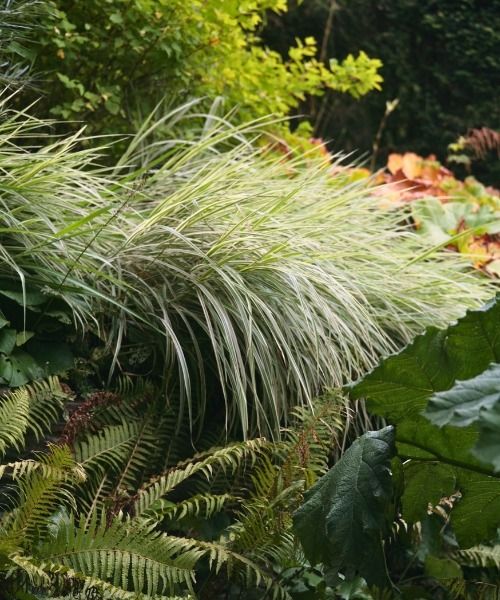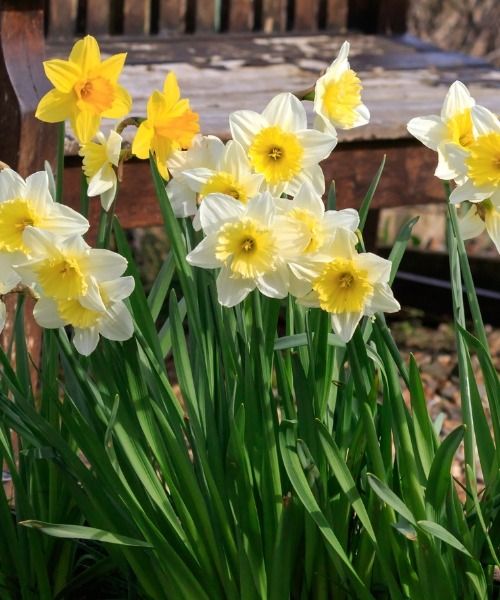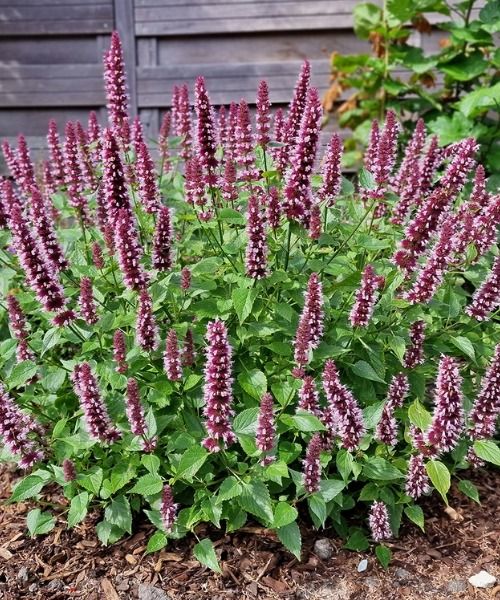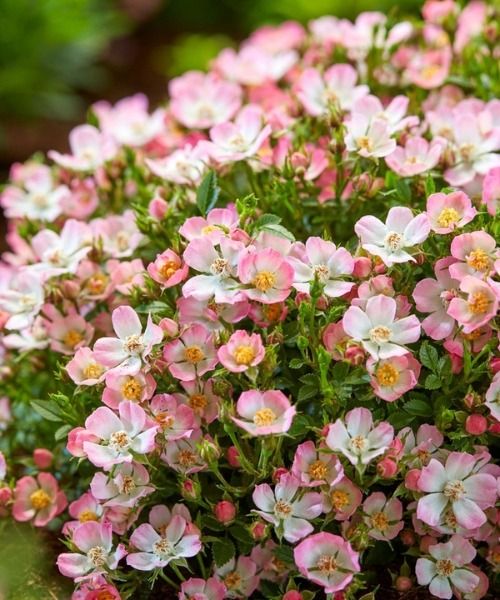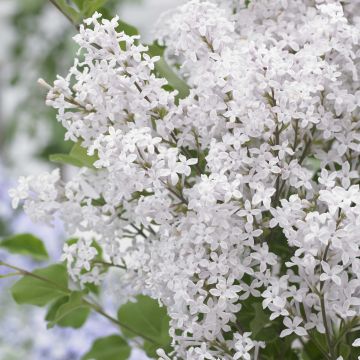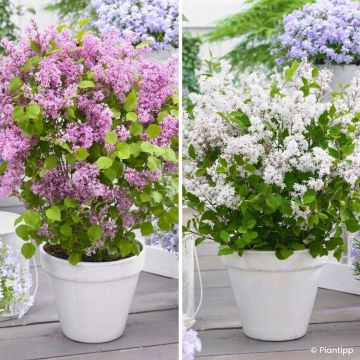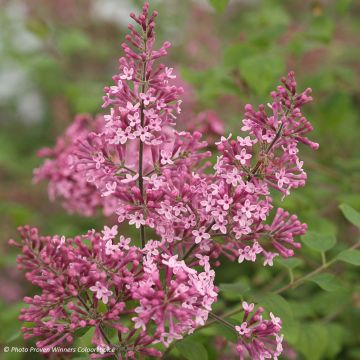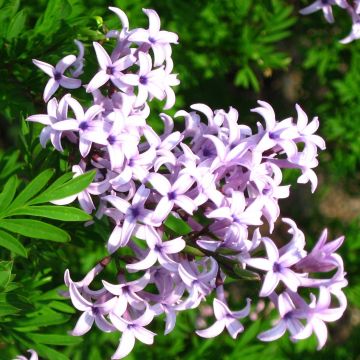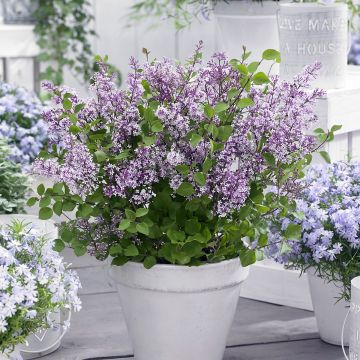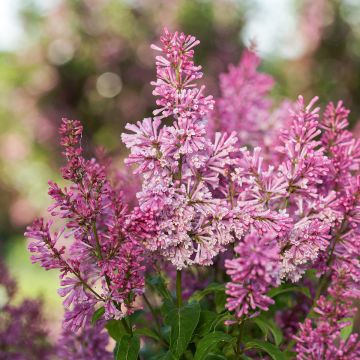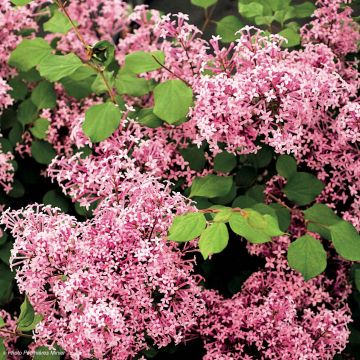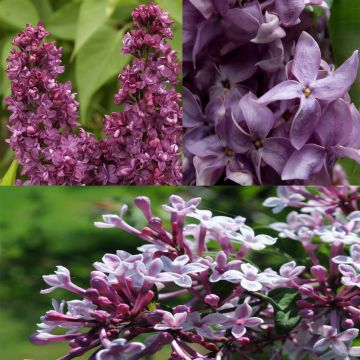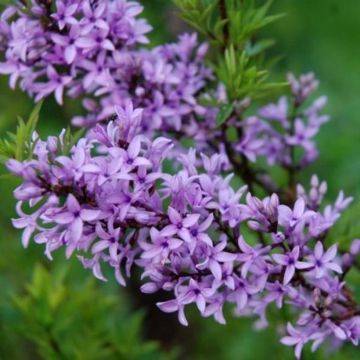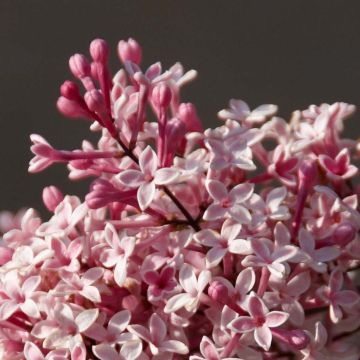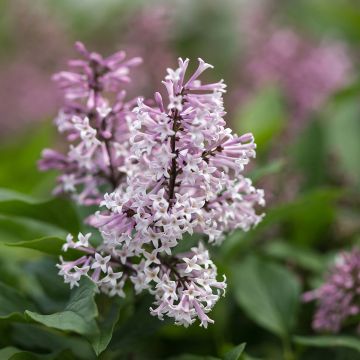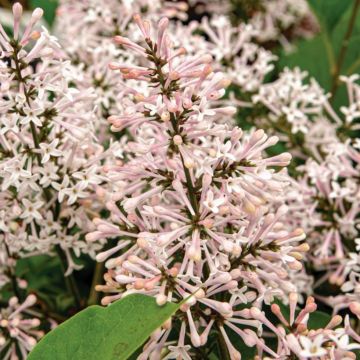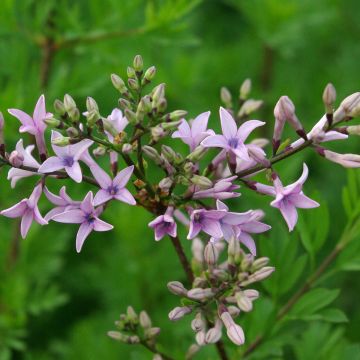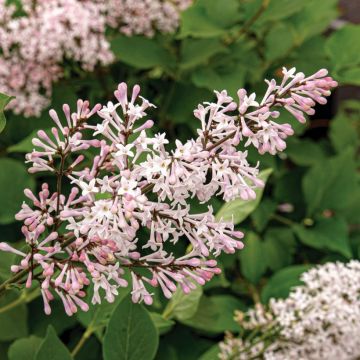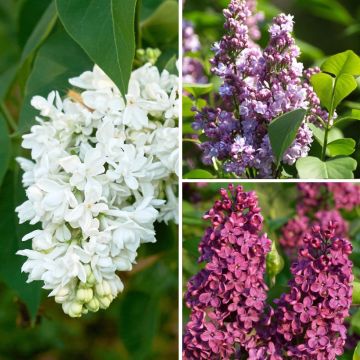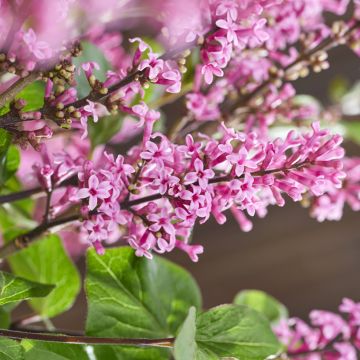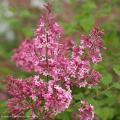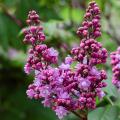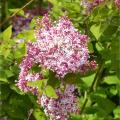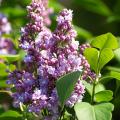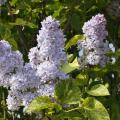Dwarf Lilac
Does this plant fit my garden? Set up your Plantfit profile →
Available in 1 sizes
Available in 0 sizes
Available in 1 sizes
Available in 1 sizes
Available in 2 sizes
Available in 1 sizes
Available in 1 sizes
Available in 1 sizes
Available in 1 sizes
Available in 0 sizes
Available in 1 sizes
Available in 1 sizes
Available in 1 sizes
Available in 1 sizes
Available in 1 sizes
Available in 1 sizes
Available in 1 sizes
Available in 1 sizes
Available in 1 sizes
Small Lilacs or Syringa well suited for cultivation in pots and containers, as well as small gardens. These are dwarf or compact bushes, with fragrant flowers, often perpetual, that rarely exceed 1.50 m (5ft) in height unlike the common lilac (Syringa vulgaris). In this category, we find Chinese or Korean lilacs, including the small-leaved lilac (Syringa microphylla) and its variety 'Superba' with pink flowers, blooming in late summer, or 'Red Pixie', very floriferous, with flexible habit, in two shades of pink. There are many other varieties of dwarf lilacs, each with its own characteristics and flower colours. Among the most well-known, we have the Syringa meyeri 'Palibin', with pale mauve pink flowers, or the S. patula 'Miss Kim', with pale lilac clusters. For the decoration of balconies and terraces, horticulturists have recently "invented" particularly compact cultivars (around 1.25 m (4ft)), very floriferous between May-June and October. For example, the lilacs 'Bloomerang' ('Pink Perfume', 'Dark Purple' etc.) and the 'Flowerfesta' (Flowerfesta 'Purple' or 'White'). All these dwarf lilacs are deciduous bushes that bear small leaves and produce clusters of flowers ranging from white to dark purple, including shades of pink and mauve. They exhale a sweet fragrance that attracts bees and butterflies. They are quite easy to grow in well-drained and fertile soil, in full sun or partial shade. Dwarf lilacs can also be planted in large borders, shrub beds, or as low hedges. They can be combined with many other bushes suitable for container cultivation.
Haven't found what you were looking for?






























